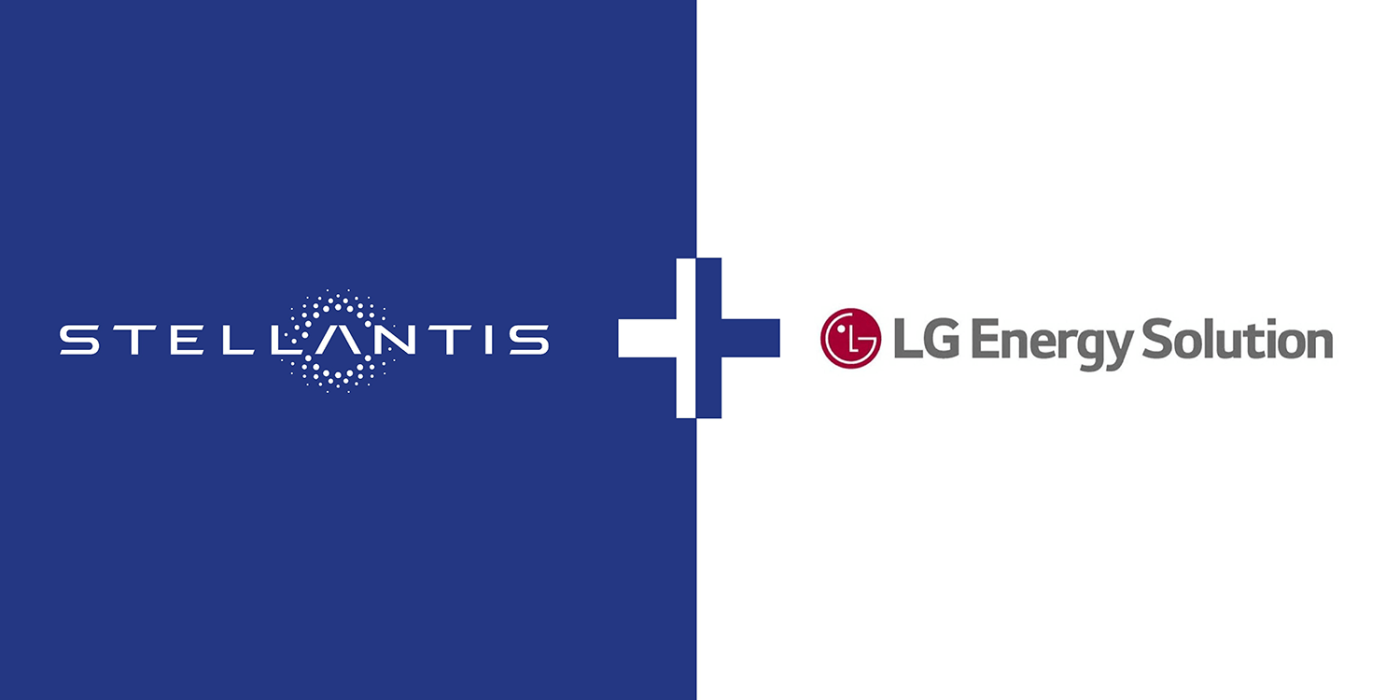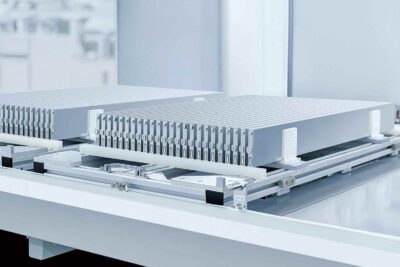Stellantis and LGES get to work again after winning subsidy row
Stellantis and LG Energy Solution have resumed construction of their joint battery cell factory in Ontario, Canada, after having halted the work in a row over subsidies. An agreement was reached with the Canadian government on the demands.
Stellantis North America announced as much but did not go into details about the agreement and the new subsidy package. As reported, NextStar Energy, the battery joint venture of Stellantis and LG Energy Solution, had interrupted work on the 45 GWh cell factory in Windsor, Ontario, in mid-May. The background was outright rivalry as Stellantis made the point, that Canada’s federal government and the provincial government of Ontario granted Volkswagen more support to build a battery factory in St. Thomas which will have twice the size. Volkswagen scored CAD 13.7 bn in subsidies and direct grants (700 mn). That is roughly the amount VW would have received from the US government if the battery factory had been built in the United States.
However, Stellantis and his battery partner LGES had announced the Windsor factory in March 2022, before the Inflation Reduction Act came into force in the USA with its subsidies. Nevertheless, Stellantis and LGES demanded improvements, and apparently succeeded.
“The IRA fundamentally changed the landscape for battery production in North America, making it challenging to produce competitively priced, state-of-the-art batteries in Canada without an equivalent level of support from government,” said Mark Stewart, Stellantis Chief Operating Officer North America. He added, they were “pleased that the Federal government with the support of the Provincial government came back and met their commitment of leveling the playing field with the IRA”.
Stellantis has now resumed construction on the site in Windsor with production operations planned to launch in 2024. The plant targets an annual production capacity in excess of 45 gigawatt hours (GWh) and will create an estimated 2,500 new jobs in Windsor and the surrounding areas. When the final expansion of 45 GWh is to be reached remains unclear as is the supply chain for the raw materials and intermediate products. However, Stellantis and LGES expect “the new battery factory to serve as a catalyst for building a strong battery supply chain in the region”. This means that as much as possible will be sourced locally.
As for the investment, the joint venture pledged over five billion Canadian dollars (equivalent to €3.6 bn) in Ontario. Canada and the province initially pledged approximately $1-billion combined in upfront subsidies for the factory’s capital costs.
As for the new agreement, details of the deal remain scarce. However, following the latest announcement, Victor Fedeli, Minister of Economic Development in Ontario, told CBC News the province would provide up to $5 billion in tax breaks based on production over a 10-year term. He said another $10-billion in tax breaks would come from the federal government, resulting in about the same amount Volkswagen will receive.
“It’s not like the incentive money that the province and the feds delivered to the battery company,” he said. “We invested $500 million in capital. This is like a performance incentive or a tax break. It’s not a cheque per se.”





1 Comment